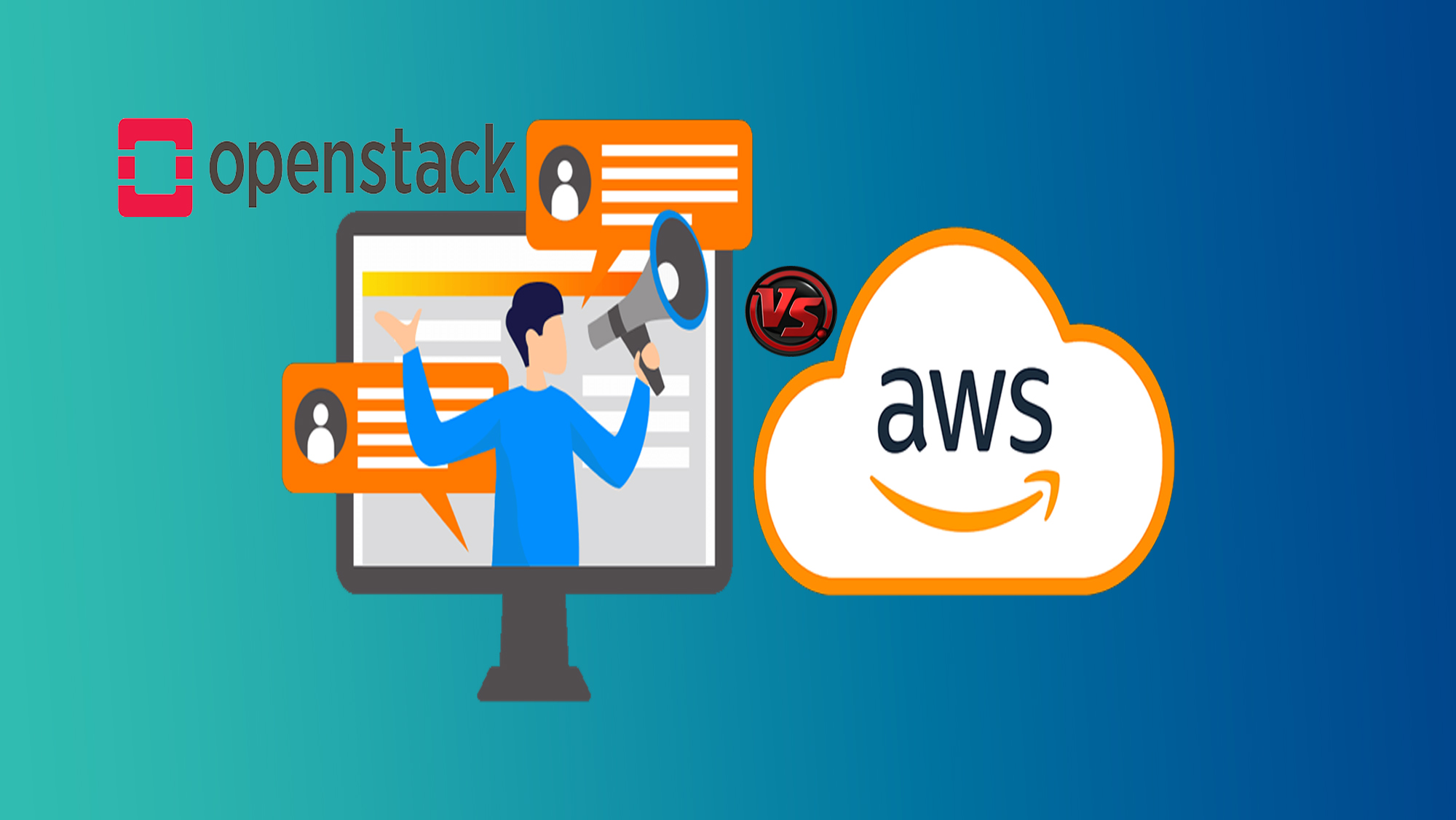Puppet vs Other Configuration Management Tools: Which is Right for You
Introduction:
In the dynamic world of IT infrastructure management, configuration management tools play a pivotal role in ensuring the consistency, reliability, and scalability of systems. These tools streamline the deployment and management of resources, automate repetitive tasks, and facilitate the maintenance of complex environments. Among the leading players in this space is Puppet, renowned for its robust features and capabilities. However, the landscape is rich with alternative options, each catering to specific needs and preferences. In this blog, we embark on a journey to compare Puppet with other prominent configuration management tools, helping you determine which one aligns best with your organizational requirements.
Puppet: A Comprehensive Solution
Puppet has carved a significant niche in the realm of configuration management due to its comprehensive feature set and versatility. It operates based on a declarative language and follows a client-server architecture, where agents on managed nodes communicate with a central Puppet master to enforce desired configurations.
Pros of Puppet:
- Declarative Syntax: Puppet employs a declarative syntax, allowing users to specify the desired state of resources without the need to define explicit instructions on how to achieve that state.
- Large Community and Ecosystem: Puppet boasts a vibrant community and extensive ecosystem of modules, allowing users to tap into pre-built configurations for popular software and services.
- Scalability: Puppet's architecture is well-suited for managing large-scale environments, making it a preferred choice for organizations with complex infrastructure.
- Cross-Platform Support: Puppet supports a wide range of operating systems and platforms, enabling consistent management across diverse environments.
- Configuration Auditing: Puppet's reporting and auditing capabilities provide insights into system changes and configuration drift.
Cons of Puppet:
- Learning Curve: Puppet's advanced features can lead to a steeper learning curve for newcomers, potentially requiring additional time for mastery.
- Agent-Based Model: The agent-based architecture might not be suitable for environments where agents are undesirable or difficult to deploy.
Comparing Puppet with Other Tools
While Puppet is a prominent player, several other configuration management tools offer unique strengths and cater to specific use cases. Let's explore some of these alternatives:
1. Ansible: Simplicity and Agentless
Ansible sets itself apart by offering a simple, agentless, and easy-to-understand approach to configuration management. It uses SSH to connect to managed nodes and executes tasks defined in playbooks.
Pros of Ansible:
- Agentless Architecture: Ansible doesn't require agents on managed nodes, simplifying deployment and reducing overhead.
- Human-Readable Playbooks: Playbooks are written in a human-readable format (YAML), making it accessible to both beginners and experienced users.
- Push-Based Model: Ansible operates on a push-based model, enabling real-time execution of tasks.
Cons of Ansible:
- Limited State Management: Ansible's focus on task and playbooks might not provide the same level of state management as Puppet.
- Chef: Infrastructure as Code: Chef emphasizes the concept of "infrastructure as code," allowing users to define and manage configurations using scripts written in its own domain-specific language (DSL).
2. Chef: Integrated Ecosystem
Pros of Chef:
- Infrastructure as Code: Chef promotes the idea of treating infrastructure as code, allowing for more flexible and customizable configurations.
- Tightly Integrated Ecosystem: Chef provides a tightly integrated ecosystem of tools and resources, making it easier to manage complex setups.
Cons of Chef:
- Learning Curve: Chef's DSL can be complex for beginners, requiring users to invest time in learning its nuances.
3. SaltStack: Event-Driven Automation
SaltStack differentiates itself through its event-driven automation approach. It uses a master-minion architecture and supports both agent-based and agentless modes.
Pros of SaltStack:
- Event-Driven Model: SaltStack's event-driven design enables real-time responses to changes and events in the infrastructure.
- Flexible Architecture: SaltStack's architecture allows for agent-based or agentless modes, providing flexibility based on use cases.
Cons of SaltStack:
- Complexity: The flexibility and range of features can lead to complexity, potentially overwhelming newcomers.
Choosing the Right Tool for You
Selecting the ideal configuration management tool hinges on various factors, including your organization's size, complexity of infrastructure, familiarity with specific languages, and desired level of automation.
- Choose Puppet If: You have a complex infrastructure, prefer a declarative approach, and value an extensive module ecosystem.
- Choose Ansible If: You prioritize simplicity, want to get started quickly, and prefer an agentless approach.
- Choose Chef If: You embrace the "infrastructure as code" philosophy, require a high degree of customization, and are comfortable with learning a domain-specific language.
- Choose SaltStack If: You need event-driven automation, desire flexibility in choosing between agent-based and agentless modes, and are willing to invest time in mastering its capabilities.
Conclusion:
In the landscape of configuration management tools, each option offers distinct advantages and caters to specific needs. Puppet, Ansible, Chef, and SaltStack stand as pillars of innovation, facilitating the efficient management of IT infrastructure. By evaluating your organization's requirements, technical expertise, and desired outcomes, you can make an informed decision that aligns with your objectives, streamlines operations, and paves the way for effective configuration management in the dynamic world of IT.
You May Also Like
These Related Stories

OpenStack Vs Traditional Cloud: Reasons Why OpenStack Reigns Supreme

Boost Your Data Analytics Skills: Apache Storm Training Explained




No Comments Yet
Let us know what you think